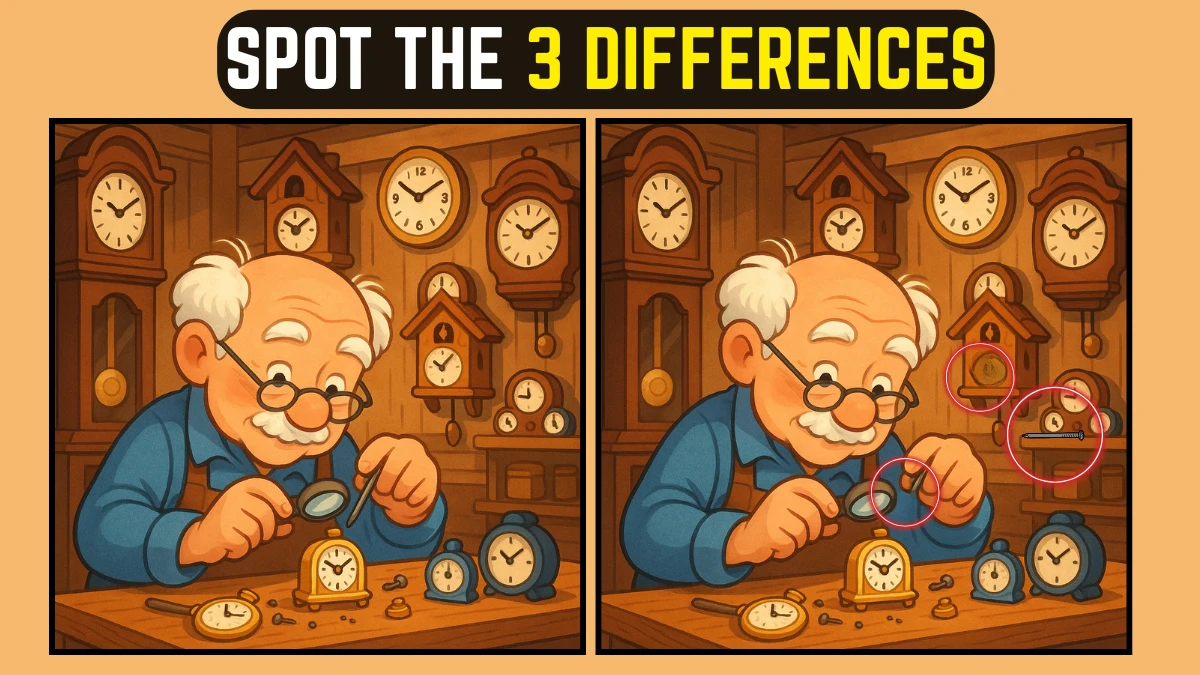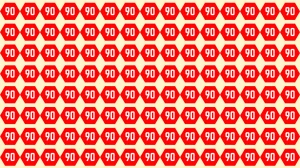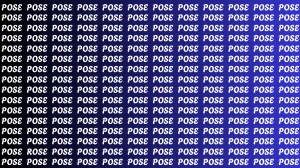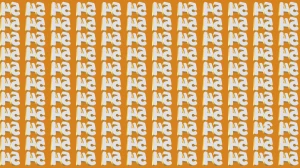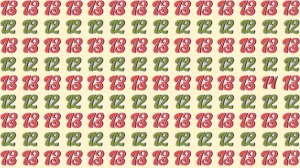Spot the Difference
"Spot the Difference" is a type of puzzle or game where two seemingly identical images are shown side by side, and the player’s task is to identify the subtle differences between them. These differences can vary in size, color, shape, or even small changes in details like objects or patterns within the image.
The goal is to spot all the discrepancies in a limited time frame or within a set number of moves. "Spot the Difference" challenges the player’s attention to detail, sharpens observation skills, and improves cognitive processing speed, making it both a fun and mentally stimulating exercise.
It’s a popular activity in puzzle books, apps, and even online games, offering varying levels of difficulty to suit different skill levels.
Puzzle IQ Test: Spot The Number 9334 among 9834
Spot the Difference: Only 1 in 10 people can find all the differences in 12 Seconds
This "Spot the Difference" challenge is designed to test your attention to detail and speed under pressure. In this puzzle, you’re shown an image of an old man repairing a watch, and your task is to find all the differences between two seemingly identical images in just 12 seconds.
While the images may appear almost the same at first glance, there are subtle changes that require keen observation to spot. The pressure of the ticking clock adds an extra layer of difficulty, pushing your brain to process visual information quickly and accurately.
Only 1 in 10 people can spot all the differences in the given time frame, making this a true test of your visual acuity and cognitive sharpness. If you manage to find all the differences in time, you’ve got impressive attention to detail!
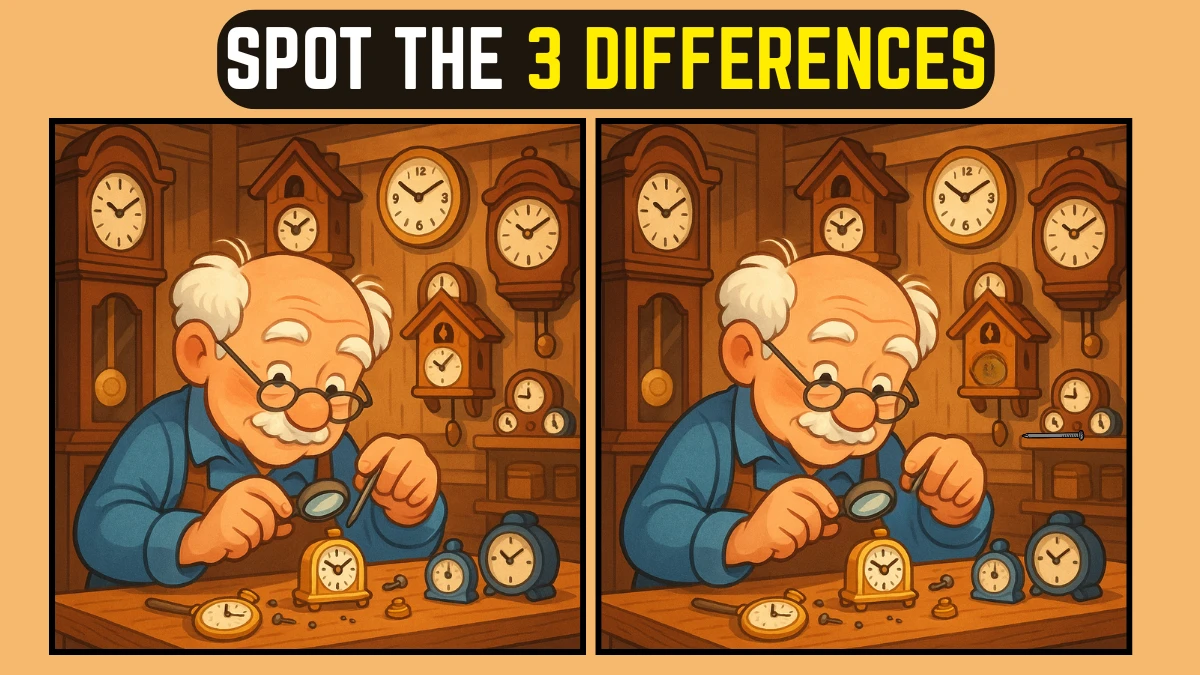
7 Challenge: Only People with Eagle Eyes Can spot the Number 432 among 452
Spot the Difference: Only 1 in 10 people can find all the differences in 12 Seconds - Solution
In this "Spot the Difference" challenge, viewers are asked to identify three differences between two seemingly identical images of a clockmaker's workshop. Upon close inspection, the first difference is found in the small clock beside the cuckoo clock, where the face changes from white to brown.
The second difference is a long nail added on the wall in the right image, which is missing from the left version.
The third difference appears in the pocket watch on the table, where its hands have moved to a different time in the second image. All three differences have been highlighted with circles, demonstrating keen observation skills often found in only a few individuals.
